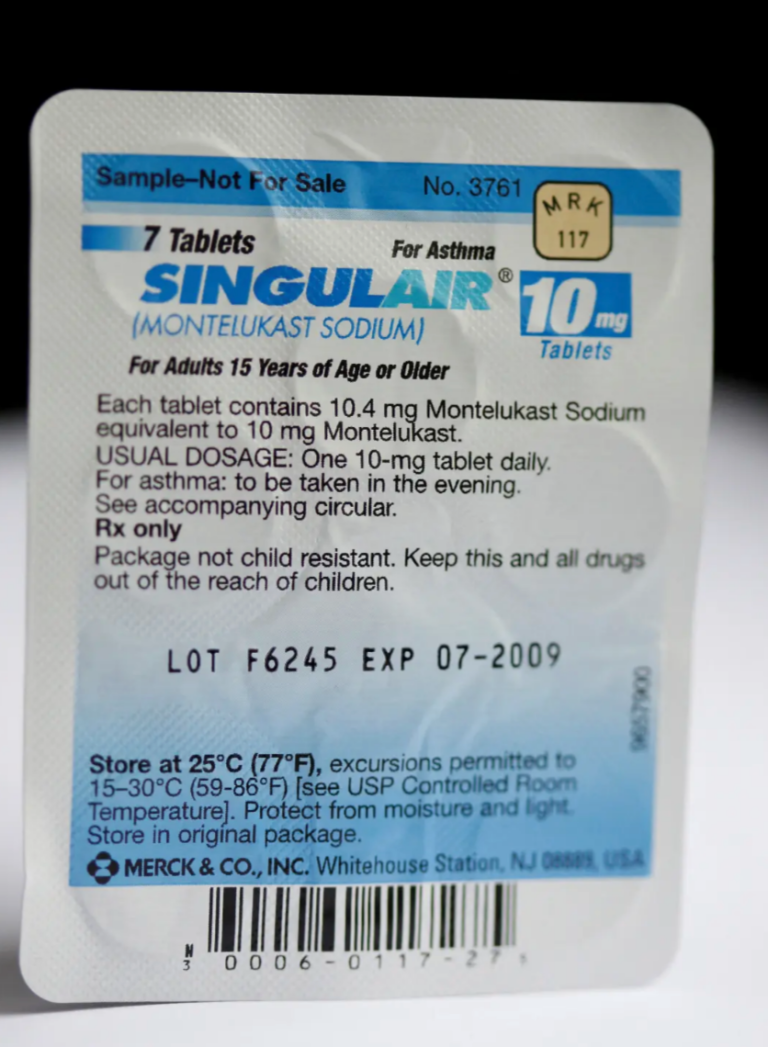
1 in 36 Kids Have Autism, CDC Says — Critics Slam Agency’s Failure to Investigate Causes
One in 36 (2.8%) 8-year-old children — 4% of boys and 1% of girls — have an autism spectrum disorder (ASD), based on an analysis of data from 2020, published today by the CDC.
The latest findings, reported in the CDC’s Morbidity and Mortality Weekly Report, show an increase from the last report, which found 1 in 44 8-year-olds (2.3%) had autism in 2018.
Since the CDC started collecting the data, prevalence estimates have skyrocketed from 1 in 150 in 2000, to today’s estimate of 1 in 36 children.
The trend has persisted for decades. Autism prevalence in the 1990s, which was 1 in 1,000 children, already represented a tenfold increase over the condition’s estimated prevalence in the 1970s.
Commenting on today’s report, Mark Blaxill, from the Executive Leadership Team at Health Choice, told The Defender:
“As the American culture wars have intensified, the harsh reality of the autism epidemic has been tucked away into obscurity as attention has turned to a whole new set of health concerns.
“Today’s new report from the CDC’s ADDM [Autism and Developmental Disabilities Monitoring] Network places the latest ASD rate at 1 in 36 children born in 2012, but that’s not even the largest number out there (a recent survey using NHIS data reported a rate of 1 in 29 children in 2020).”
A second CDC report on 4-year-old children, also released today, emphasized that in the early months of the COVID-19 pandemic, 4-year-old children were less likely to be evaluated for or identified with ASD than 8-year-olds of the same age.
Prior to the pandemic, 4-year-old children were diagnosed with autism at even higher rates than the 8-year-old cohort
© CopyRights RawNews1st





